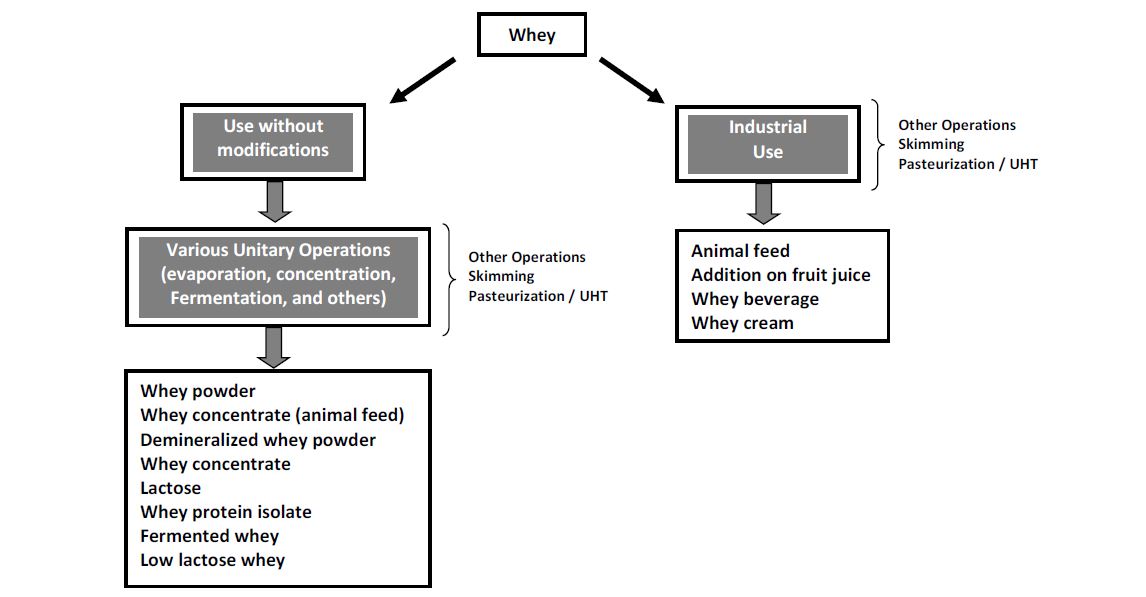Fermentation process and physicochemical treatment applied to dairy industry: an approach for waste management (production and use) and new perspectives in the transformation of these residues in value-added products
DOI:
https://doi.org/10.20873/jbb.uft.cemaf.v5n2.santosKeywords:
biotransformation, whey, dary industry, wastewaterAbstract
Studies point out several initiatives to reduce the pollutant load from dairy industry, leading to enhanced sustainability, including reduced environmental impacts and cost savings. This review provides a summary of the recent strategies focused on physicochemical treatments and fermentation processes to produce value-added products from cheese whey, such as bioactive proteins, ribonucleotides, biodegradable plastics, biogas, hydrogen gas, organic acids, and ethanol. The environmental costs and production aspects of dairy waste will be also addressed. The polluting potential and the high environmental costs of the waste produced by the dairy industry may be mitigated by dairy waste management.

Published
How to Cite
Issue
Section
License
Copyright (c) 2024 - Journal of Biotechnology and Biodiversity

This work is licensed under a Creative Commons Attribution 4.0 International License.
Authors who publish with this journal agree to the following terms:
Authors retain copyright and grant the journal right of first publication with the work simultaneously licensed under a Creative Commons Attribution License (CC BY 4.0 at http://creativecommons.org/licenses/by/4.0/) that allows others to share the work with an acknowledgement of the work's authorship and initial publication in this journal.
Authors are able to enter into separate, additional contractual arrangements for the non-exclusive distribution of the journal's published version of the work (e.g., post it to an institutional repository or publish it in a book), with an acknowledgement of its initial publication in this journal.
Authors are permitted and encouraged to post their work online (e.g. in institutional repositories or on their website) prior to and during the submission process, as it can lead to productive exchanges, as well as earlier and greater citation of published work (Available at The Effect of Open Access, at http://opcit.eprints.org/oacitation-biblio.html).


